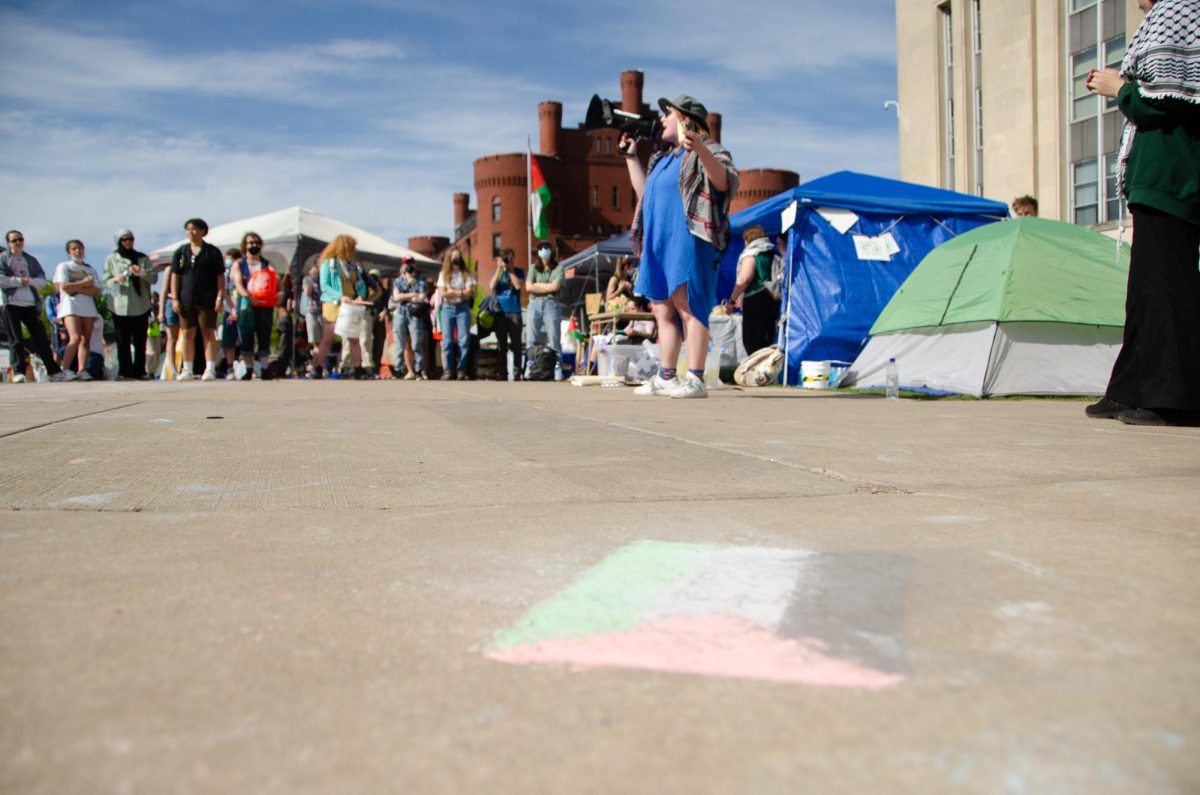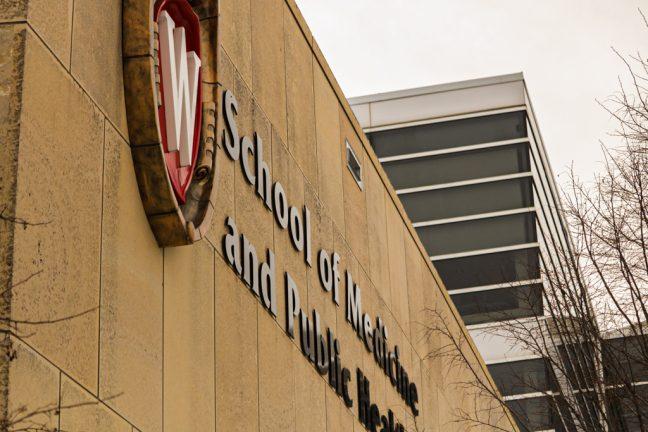A seminar at Warner Park Thursday brought forward new ideas on public transit, including an enhanced bus transportation system seen in many major U.S. cities.
Focusing on making investments in public transportation, the seminar looked at what potential development of bus transportation could look like in the future — the Bus Rapid Transit system.
Mayor Dave Cieslewicz deemed it an exciting time to be in the field of public transportation, commenting on the current bus system in Madison and the application being sent today for a high-speed rail system connecting Madison, Milwaukee and Chicago.
According to Cieslewicz, the Madison Metro system has a 14 million-person ridership.
He added the Metro system also saw the largest increase in service in a decade as a result of a hard-fought fare increase.
The application for the high-speed rail system will be further solidified if Chicago is selected today to host the 2016 Olympic games, he added.
Cieslewicz also said the cities’ approval from the Legislature and Gov. Jim Doyle to establish a Regional Transit Authority affords many opportunities for public transportation.
“There are incredibly exciting opportunities that happen because of an RTA,” Cieslewicz said. “It will certainly include major improvement and increases in bus transportation. It may include some form of [Bus Rapid Transit] — it’s possible.”
Senior Engineer at PB America Alan Danaher presented the details of BRT, offering specifics on the system being used in over 20 U.S. cities.
The BRT system’s key attributes are speed, improved reliability and a passenger-friendly design, Danaher said.
The system allows a variety of changes to a current bus system, relying heavily on either standard-size buses or a longer articulated bus.
The buses can operate either on a separate lane constructed for exclusive use by the buses, in a lane straddling the median of a highway, on elevated lanes, or on a guided busway operating on a track.
A bus in BRT could potentially have the ability to have some manipulation of stoplights, allowing buses behind schedule to catch up. Buses could also enjoy a specialized “queue jump” lane at intersections, bypassing cars waiting at a red light.
Also, stations in the BRT system range from one-quarter to a mile apart in distance, offering fewer stops and quicker service while supplementing an existing bus system.
A menu of amenities are available for the buses and stations: increased security on buses and at the stations, on-board computer systems, Internet access on buses, passenger information dis-plays relaying information on when the next bus will arrive, and a recognizable branding of the buses and stations, with some cities painting the lanes the buses use a certain color.
A federal funding program is available for installing transit systems such as the BRT on the condition the system meets certain requirements, such as operating the buses 14 hours a day and having 3,000 average riders on a weekday.










